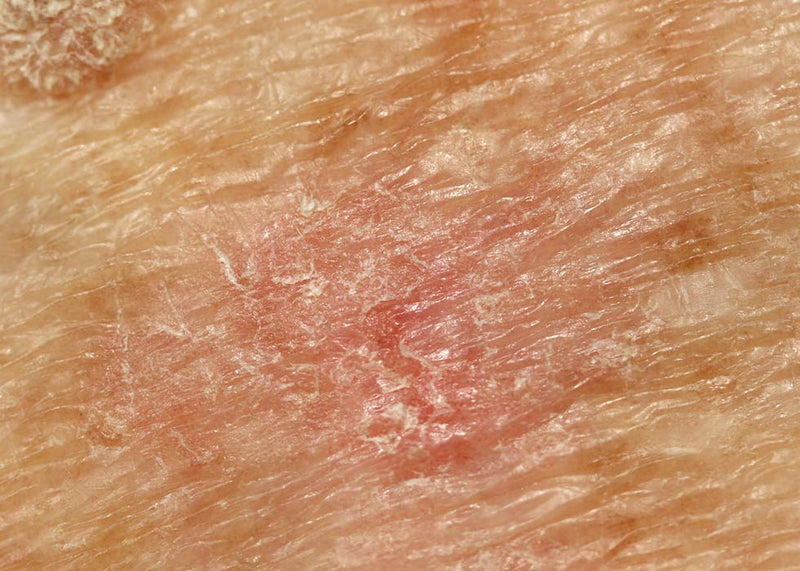Pre-Cancerous Lesions (Actinic Keratoses)
Pre-Cancerous Lesions (Actinic Keratoses)
Skin Concerns

Understanding Actinic Keratoses: Pre-cancerous lesions, also known as actinic keratoses (AKs), are common skin growths resulting from prolonged exposure to ultraviolet (UV) radiation from the sun or artificial sources like tanning beds. These lesions often appear as rough, scaly patches on sun-exposed skin areas such as the face, scalp, ears, neck, arms, and hands.
Although actinic keratoses are not cancerous, they can develop into squamous cell carcinoma, a type of skin cancer, if left untreated. At Beauty by Doctor (BBD), located in Bondi Junction, Sydney's Eastern Suburbs, we prioritise the early detection and treatment of pre-cancerous lesions. Our clinic, led by Medical Director Dr Phoebe Jones, specialises in advanced treatments for actinic keratoses, namely photodynamic therapy (PDT).
What Causes Actinic Keratoses
Actinic keratoses are caused by cumulative sun damage, leading to abnormal growth of the skin's outer layer. Risk factors include:
Sun Exposure: Prolonged UV exposure is the primary cause of AKs. Fair skin, light eyes, and frequent sun exposure increase the risk.
Age: AKs are more common in older adults due to accumulated sun damage, though younger individuals with significant sun exposure can also develop them.
Immune Suppression: Conditions or medications that weaken the immune system, such as organ transplants or immunosuppressive drugs, can raise the risk.
Genetics: A family history of skin cancer or AKs may predispose individuals to these lesions.
Impact of Actinic Keratoses
While typically asymptomatic, actinic keratoses can cause discomfort or irritation, especially if rubbed by clothing or subjected to trauma. They can also impact emotional well-being, leading to anxiety and concern about skin cancer risk.
Treatment Options for Actinic Keratoses
Early detection and treatment are crucial to prevent AKs from progressing to skin cancer. At BBD, we offer:
Photodynamic Therapy (PDT): This non-invasive treatment combines a photosensitising agent with light energy to target and destroy abnormal skin cells. The agent is applied to the affected area and then exposed to a specific light wavelength, activating the photosensitiser and destroying abnormal cells while sparing healthy tissue. PDT is highly effective for treating multiple AKs with minimal downtime.
UltraClear: This advanced laser treatment utilises revolutionary cold fractional laser technology to precisely target and remove AKs while stimulating the skin's natural healing process. It is a safe and effective option for treating individual lesions or larger areas.
Disclaimer: Results may vary from person to person. Consult a qualified healthcare professional to determine the best treatment plan for your needs.






